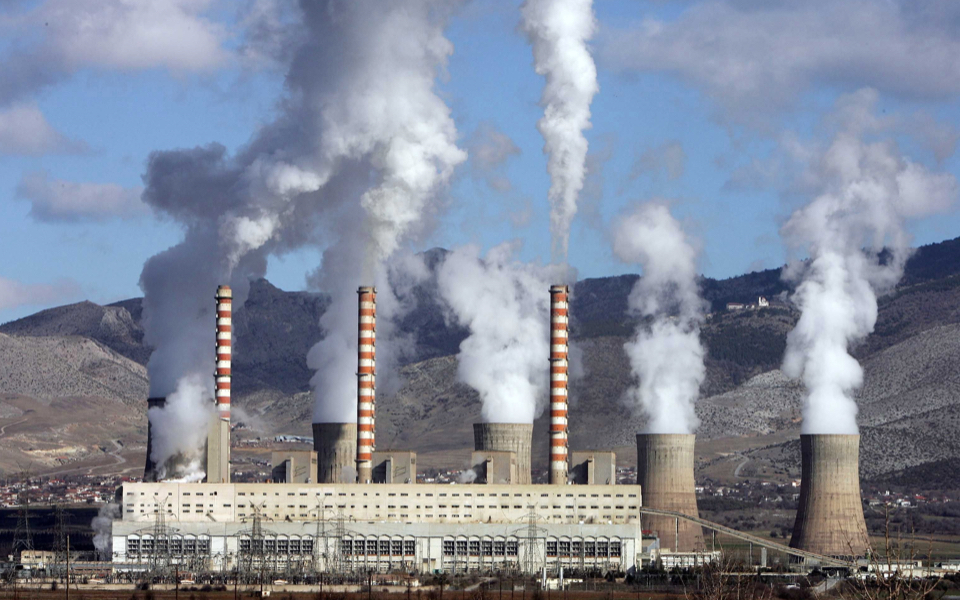Coal-free electricity from 2029
All lignite-fired plants should cease operation by 2025, except for the new Ptolemaida unit

The chimneys of the existing lignite-powered units of Public Power Corporation will keep smoking until at least 2025, while those of the new Ptolemaida V unit will carry on till 2028, to ensure the sufficiency of the system, concludes the adequacy study for the years 2025-35 Independent Power Transmission Operator (ADMIE) has submitted for approval to the Environment and Energy Ministry.
Also, in order to have sufficient production capacity in the next decade, the installed capacity of natural gas should be almost doubled, with the inclusion of a third unit in the system, in addition to that of Mytilineos, which is expected to be connected at the beginning of the year, and Motor Oil-Terna, which is already being built in Komotini.
The ADMIE study takes into account two scenarios for the penetration of renewable energy sources: One is the existing national energy and climate plan (2019) which envisages total installed RES capacity of 15.5 gigawatts and 1.8 GW of storage by 2030, and a faster transition with a total installed capacity of 24 GW of RES and 3 GW of storage. In both scenarios, to ensure sufficiency, PPC’s seven operating lignite units (total capacity 2,000 megawatts) are retired in 2025.
The new Ptolemaida V unit with a capacity of 615 MW enters the system on January 1, 2023 and will be withdrawn on December 31, 2028 as a lignite plant, to reappear two years later (January 2031) as a natural gas unit, with an increased capacity of 1,000 MW.
It is necessary for the new natural gas unit of Mytilineos at Agios Nikolaos in Viotia (825 MW) to join the system on January 1, 2023 and the new Motor Oil-Terna unit in Komotini (825 MW) at the beginning of 2025. The timing of the inclusion of the Komotini unit will also depend on which PPC lignite units will be retired in 2025, since the study in all scenarios indicates that their withdrawal will depend on their replacement with equivalent units. That is why 2025 as well as 2026 are considered the most critical period for the adequacy of the system.



